One evening last August, I was sitting next to a waterfall in Katmai with my group of six bear viewers. We were watching as many bears fish in a small waterfall which dumps into a tidal lagoon. Around 7pm, the light had faded and shutter speeds slowed to a crawl, even with very high ISO settings (over 1000). Cameras were packed up, and we just watched the action. The fish run, which is related to the timing of the tides, began to slow as well and most of the bears disappeared into the alders for the night. One lone, sleepy female lingered, waiting the odd fish to appear. She remained almost perfectly still. Then it hit me- we could try for that impossible long exposure shot of a bear with the silky, motion-blurred water!

For this shot I used a very basic, photography-101 technique. My camera was set to aperture priority, which means I set the aperture (how big the lens opens to let in light), and the camera automatically sets the shutter speed. I wanted a slow shutter speed for the water to appear blurry, so I used an aperture of 32, which is as small an opening as I can have. I also lowered my ISO to 125, which diminishes the sensor’s sensitivity to light, so it takes a longer exposure to expose correctly. With these settings, my shutter speed was around one half of a second.
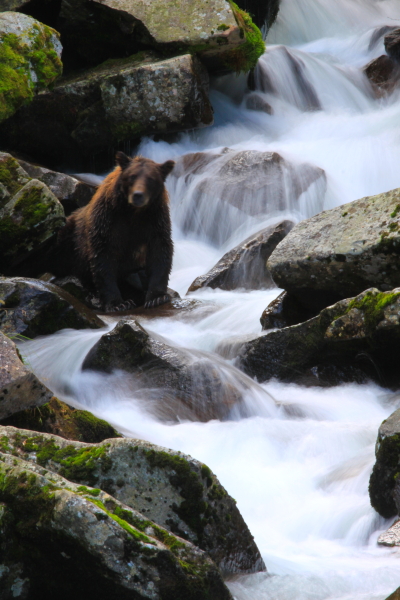 A slow shutter will blur any motion, but I only want the water to be blurred. I use a tripod and a cable release so the camera remains perfectly still, and I hope that the bear doesnt move a muscle while the shutter is open. Even though it looked like the bear was still, her head did twitch back and forth ever so slightly. I just kept taking more images and hoped her head would be sharp enough to pass. It also seems that the images appear soft because the long exposure allowed for mist in the air to show up. It never worked our perfectly, but I am still happy with these moody, dreamy shots. For more info on photographing waterfalls, click here.
A slow shutter will blur any motion, but I only want the water to be blurred. I use a tripod and a cable release so the camera remains perfectly still, and I hope that the bear doesnt move a muscle while the shutter is open. Even though it looked like the bear was still, her head did twitch back and forth ever so slightly. I just kept taking more images and hoped her head would be sharp enough to pass. It also seems that the images appear soft because the long exposure allowed for mist in the air to show up. It never worked our perfectly, but I am still happy with these moody, dreamy shots. For more info on photographing waterfalls, click here.
Arctic terns are the most incredible endurance fliers on the planet. Their migration takes them from the Arctic to the Antarctic each year. This is 25,000 miles of yearly commuting!
I have added a brown bear image gallery to this blog if you want to see more. Also, be sure to check out an awesome new Photography Tour to Southeast Alaska, the home to whales, bears, rain forests, glaciers and more! It would take a lifetime to explore all of Alaska, and what an awesome life that would be!

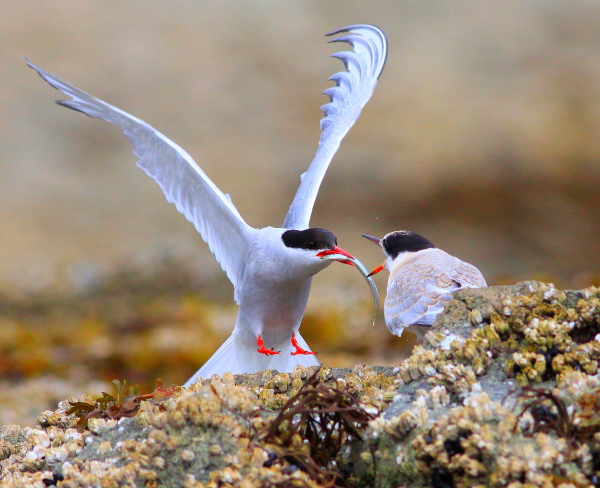
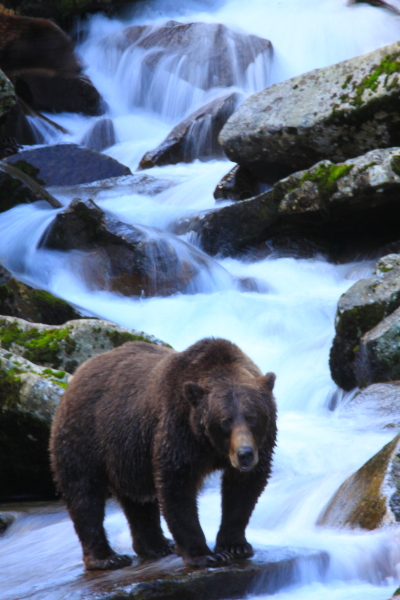
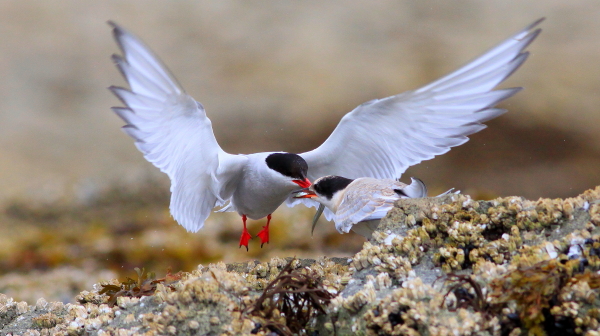
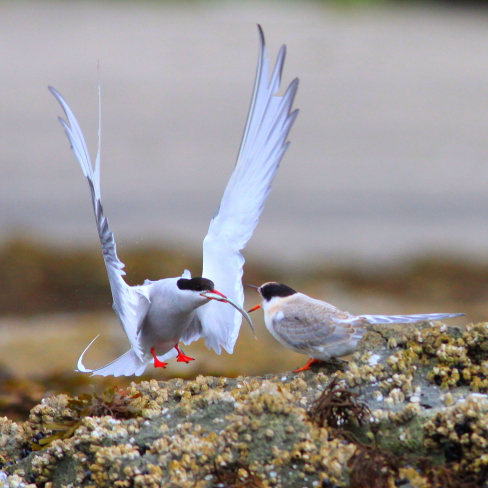
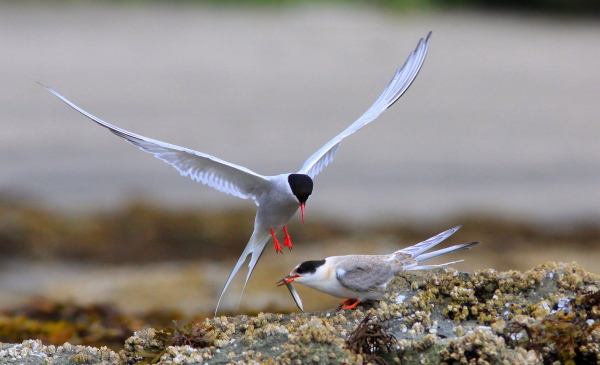
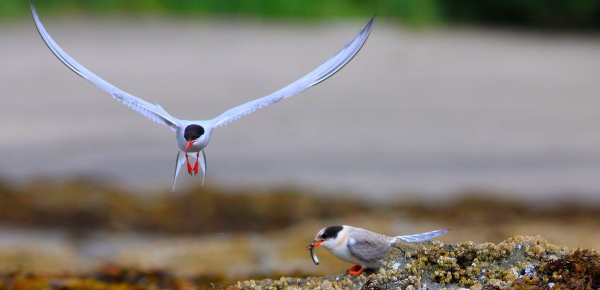

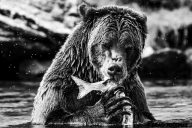
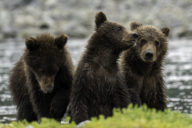
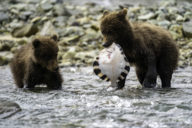
6 Comments
Lovely images, Brad, of the bear and silky water. Well seen and executed. It’s a unique take on bears. Do you remember which stream, or if you can’t say, I understand. You aughtta teach a photography workshop! Love from Kodiak!
Dear Brad,
Great Photos! I wish I have a chance to see those lovely bear and birds in our territory in near future. I will work hard for that goal. You are great photographer and nature intepretor.
Hey Brad, I really liked your thinking using the long exposures with lone bear sitting in the brook!
There is no doubt that polar bears have sveviurd, but what they had to go through to survive isnt clear. Obviously there is no point in extrapolating to the whole population from a few recent observations in one place about them being affected by reduction in ice, and I tend to agree with our Inuit friends mentioned above in the comments It makes the south – southern people – look so ignorant .Since this post is about ice-free conditions in the Arctic I draw attention to a recent scientific publication covering this (naturally using the current jargon of proxies and forcing). It amounts to a warmist co-opting/rewrite of palaeoclimate evidence as support for the position that were are in a completely new, unprecedented, situation.But it cannot be avoided that (see abtract below) Early Holocene summer sea ice limits were substantially smaller than their 20th century average .DFMAbstract/reference below (full article protected by copyright limitations).Quaternary Science Reviews 29 (2010) 1679-1715G.H.Miller et al (23 authors)Temperature and precipitation history of the ArcticAbstractAs the planet cooled from peak warmth in the early Cenozoic, extensive Northern Hemisphere ice sheets developed by 2.6 Ma ago, leading to changes in the circulation of both the atmosphere and oceans. From ca 2.6 to ca 1.0 Ma ago, ice sheets came and went about every 41 ka, in pace with cycles in the tilt of Earth’s axis, but for the past 700 ka, glacial cycles have been longer, lasting ca 100 ka, separated by brief, warm interglaciations, when sea level and ice volumes were close to present. The cause of the shift from 41 ka to 100 ka glacial cycles is still debated. During the penultimate interglaciation, ca 130 to ca 120 ka ago, solar energy in summer in the Arctic was greater than at any time subsequently. As a consequence, Arctic summers were ca 5b0C warmer than at present, and almost all glaciers melted completely except forthe Greenland Ice Sheet, and even it was reduced in size substantially from its present extent. With the loss of land ice, sea level was about 5 m higher than present, with the extra melt coming from both Greenland and Antarctica as well as small glaciers. The Last Glacial Maximum (LGM) peaked ca 21 ka ago, when mean annual temperatures over parts of the Arctic were as much as 20b0C lower than at present.Ice recession was well underway 16 ka ago, and most of the Northern Hemisphere ice sheets had melted by 6 ka ago. Solar energy reached a summer maximum (9% higher than at present) ca 11 ka ago and has been decreasing since then, primarily in response to the precession of the equinoxes. The extra energy elevated early Holocene summer temperatures throughout the Arctic 1-3b0 C above 20th century averages, enough to completely melt many small glaciers throughout the Arctic, although the Greenland Ice Sheet was only slightly smaller than at present. Early Holocene summer sea ice limits were substantially smaller than their 20th century average, and the flow of Atlantic water into the Arctic Ocean was substantially greater. As summer solar energy decreased in the second half of the Holocene, glaciers reestablished or advanced, sea ice expanded, and the flow of warm Atlantic water into the Arctic Ocean diminished. Late Holocene cooling reached its nadir during the Little Ice Age (about 1250-1850 AD), when sun-blocking volcanic eruptions and perhaps other causes added to the orbital cooling, allowing most Arctic glaciers to reach their maximum Holocene extent. During the warming of the past century, glaciers have receded throughout the Arctic, terrestrial ecosystems have advanced northward, and perennial Arctic Ocean sea ice has diminished.Here we review the proxies that allow reconstruction of Quaternary climates and the feedbacks that amplify climate change across the Arctic. We provide an overview of the evolution of climate from the hot-house of the early Cenozoic through its transition to the ice-house of the Quaternary, with special emphasis on the anomalous warmth of the middle Pliocene, early Quaternary warm times, the MidPleistocene transition, warm interglaciations of marine isotope stages 11, 5e, and 1, the stage 3 interstadial, and the peak cold of the last glacial maximum.
A REAL GOOD PHOTOS !
AGW research hitnking is completely cracked. They accept money from their enemies and their supporters at the same time.When money speaks, no one minds the accent.I got the chance to talk with a hunting guide from the Hudson Bay area a couple of years ago. I asked if he had noticed anything about the climate and its effect on polar bears.He said the rivers do experience an earlier thaw and later freeze. He also said many polar bears go inland to eat caribou. Makes sense. Bears are bears. If one source of food dries up, they go after another.One of the wolf packs in the Lamar Valley region of the Yellowstone specializes in bringing down buffalo. They eat well, they also leave a big pile of table scraps. Or more accurately, they can’t eat the carcass fast enough to prevent its theft by a grizzly bear. As a result, grizzly bears are better fed than in times past.One nature photographer captured a picture of over ten bears sharing a buffalo carcass. Unheard of a few years ago. Not enough food to share. But there they were, wrapping up a shared meal courtesy of the Lamar Valley wolf pack.These are good times for the grizzly in Yellowstone.Good for them.Amazing what happens to animals and ecosystems when we leave them alone.